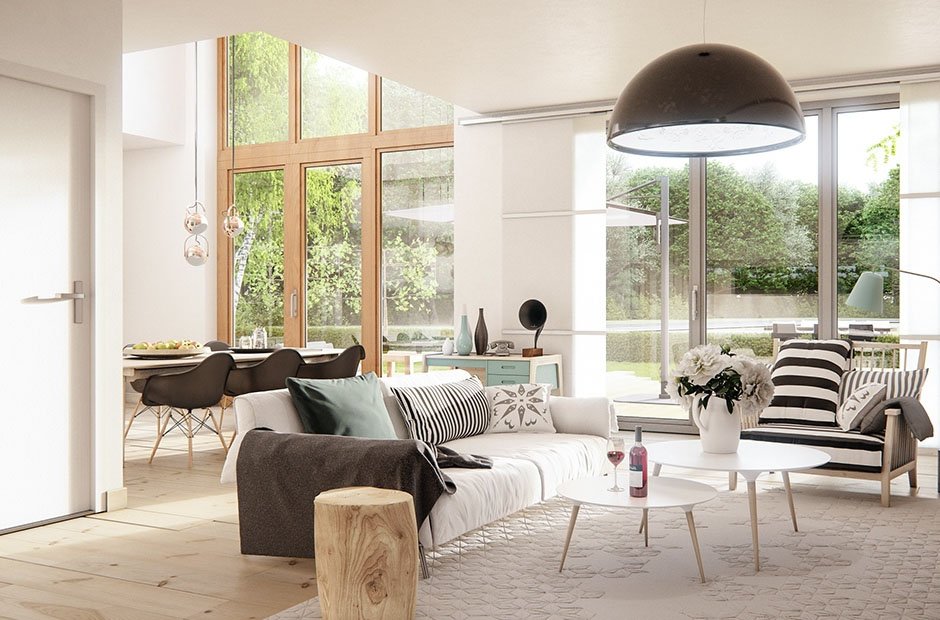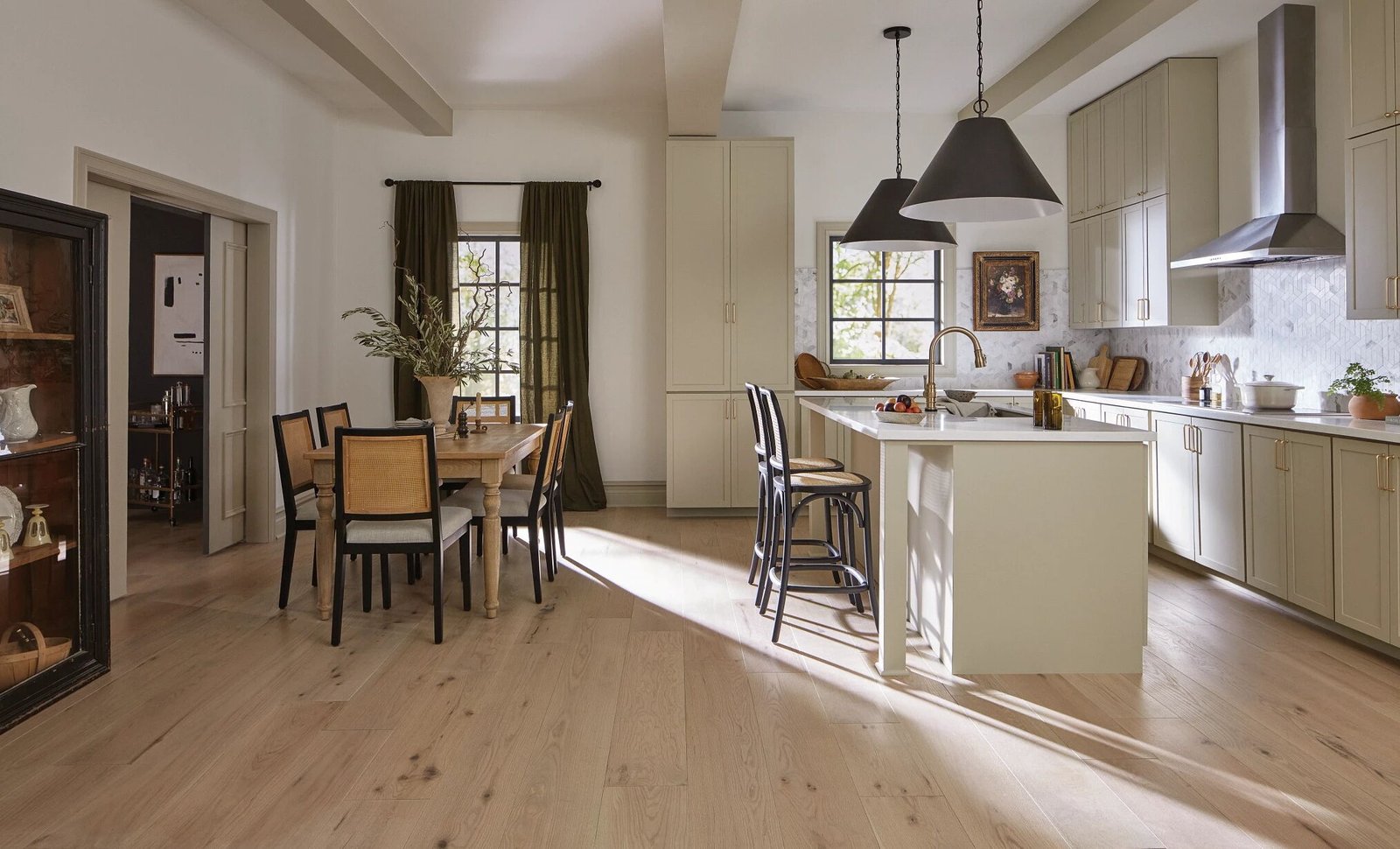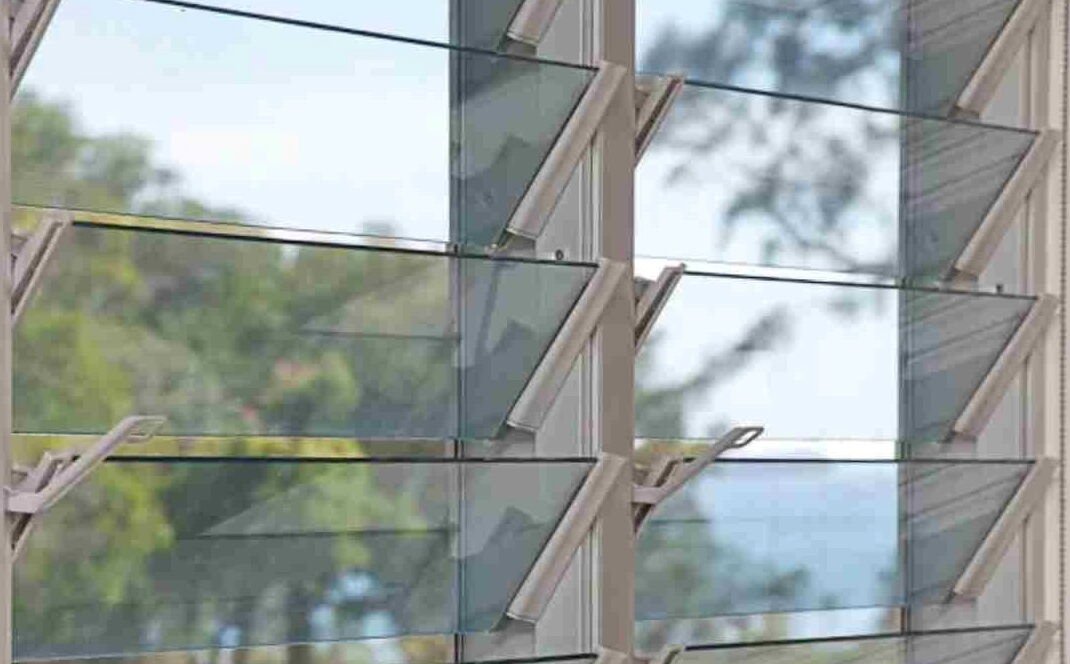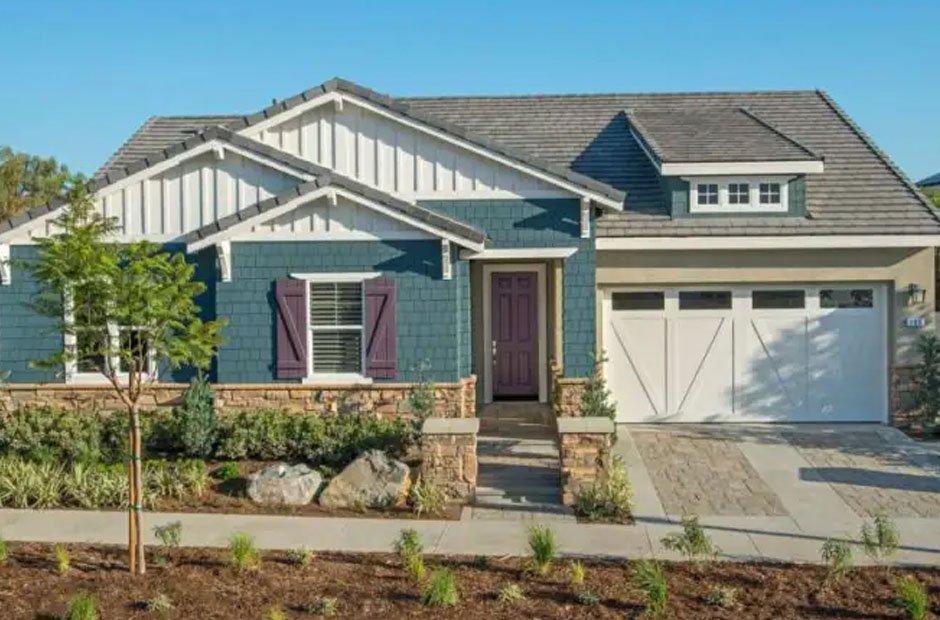Natural Aesthetics with a Modern Touch
In the evolving landscape of interior design, where innovation meets tradition, wood veneer wall panels have emerged as a quintessential element of aesthetic and functional value. Their subtle charm and refined texture bring a natural warmth to spaces that might otherwise feel sterile or overly industrial. Unlike conventional solid wood, these panels are crafted using a thin layer of genuine wood applied to a stable backing, which allows for greater design flexibility, reduced costs, and a significantly lighter environmental footprint.
The Rise of Sustainable Materials
As homes and commercial environments strive for harmony between nature and modernity, the appeal of wood veneer solutions has surged. Designers favor these panels not only for their appearance but for the acoustic and insulation benefits they subtly contribute. They serve as a canvas that absorbs noise, provides tactile contrast, and creates visual depth, whether used in an accent wall, ceiling detail, or an entire room transformation.
Craftsmanship and Customization
In recent years, as sustainable materials have taken center stage, the manufacturing processes behind these panels have also evolved, with more producers turning to responsibly sourced timber and low-emission adhesives. The choice of wood veneer, whether walnut, oak, teak, or something more exotic, offers endless design possibilities while staying rooted in the organic, tactile experience that real wood provides.
Storytelling Through Materials
This growing inclination toward authenticity over artificiality aligns closely with broader cultural trends in architecture and interior design, where the materials themselves are allowed to tell a story. The narrative of a home or office no longer relies solely on its layout or function but extends into the sensory world of texture, color, and the lived experience of space.
Comfort and Wellness at Home
As remote work continues to redefine the function of domestic spaces, homeowners increasingly seek interiors that promote wellness, focus, and comfort. The psychological benefits of natural textures and finishes have been well-documented; humans are naturally drawn to elements that mimic the outdoors, a phenomenon often referred to as biophilic design.
Applications Beyond Walls
Their application is not limited to walls—they are also being used on furniture, doors, cabinetry, and more, creating a cohesive visual flow throughout a space. Whether installed in a Scandinavian-inspired minimalist loft or a classic mid-century modern home, these panels add richness and narrative continuity.
Design That Lasts
In the commercial sector, the shift toward wood veneer reflects a larger movement toward more human-centric environments. Offices, hospitality venues, and retail spaces are increasingly adopting design strategies that prioritize the well-being of their occupants. Specially treated panels can be made resistant to moisture, heat, and impact, making them ideal even in high-traffic areas.
Eco-Conscious Choices
Globally, the interest in wood veneer reflects a broader ecological consciousness. Consumers today are more informed and concerned about the provenance of the products they bring into their homes. Certifications like FSC have become essential, and many top manufacturers now provide full transparency.
Design Education and the Next Generation
There is a quiet revolution happening in design education. Institutions are beginning to emphasize sustainability and environmental literacy alongside traditional subjects. Emerging designers are being equipped with the knowledge to make responsible material choices, and wood veneer is often cited as a model example.
The Media’s Role in the Movement
Publications and media outlets are spotlighting eco-friendly innovations in design. For those who wish to explore more on how design intersects with culture and sustainability, the BBC Future section offers insightful articles on global trends and ideas.
Where Beauty Meets Ethics
It is no longer enough for a product to simply look good—it must align with the values of an environmentally aware generation. Wood veneer bridges the gap between tradition and innovation, luxury and practicality. It enhances architectural narratives with poise and balance.
Looking Ahead
As the world continues to rethink how we live and work, intentional, sustainable design becomes ever more crucial. Wood veneer is a quiet testament to the power of material choices to shape not just spaces, but experiences. The future of design lies in beauty, connection, and peace—values that wood veneer panels embody beautifully.












